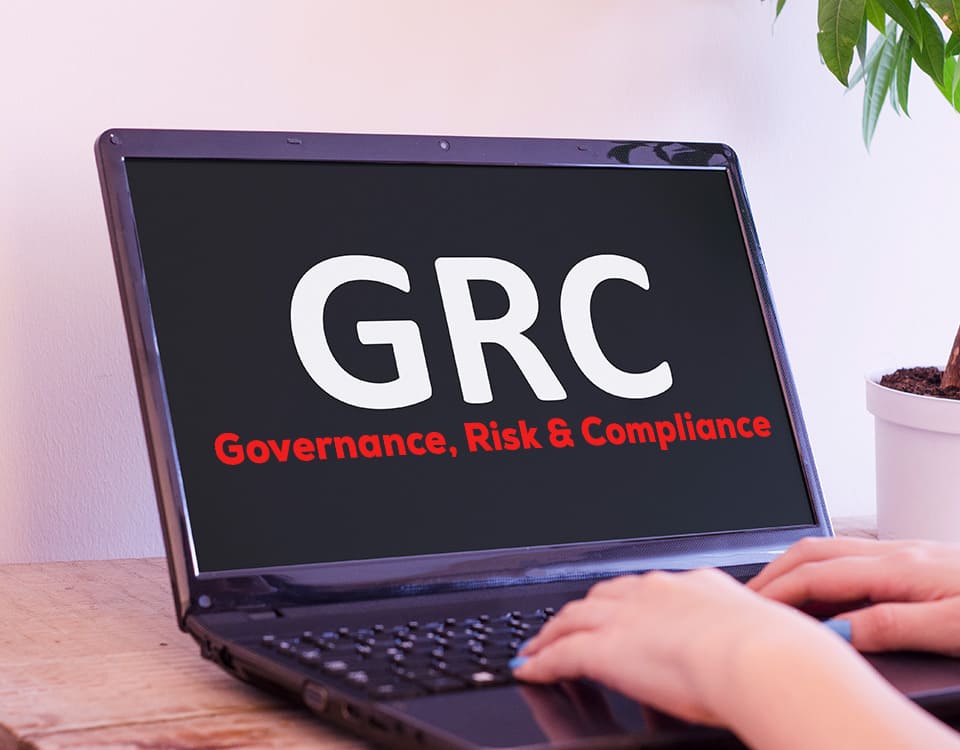In the regulatory field, ensuring the seamless flow of data from policy creation to audit tracking is crucial for organizational compliance. With the increasing complexity of governance, risk management, and compliance (GRC), businesses require a robust system to effectively bridge these processes. That’s where platforms like VComply come into play.
VComply is a cloud-based GRC management system designed to automate and streamline compliance processes for industries across sectors. This blog explores how VComply’s GRC operating system facilitates seamless traceability from policy management to audit trails, ensuring organizations remain compliant and ready for any audit.
Understanding the Importance of Policy to Audit Traceability
In the world of GRC, policy creation and audits are closely tied together. Effective policy management ensures that organizations meet regulatory requirements, while audit trails provide the evidence needed to prove compliance. However, without traceability between the two, organizations risk missing critical connections that could lead to non-compliance.
Why is this traceability so important? It helps organizations:
- Track the journey of a policy from its creation to its application.
- Ensure that all compliance requirements are met.
- Quickly retrieve data during audits, saving time and resources.
How VComply Bridges the Gap Between Policy and Audit
VComply’s GRC operating system is designed to streamline the workflow from policy creation to audit reporting. The system ensures a continuous trace from one process to the next, allowing compliance teams to easily track the evolution of policies and their corresponding compliance status.
With VComply, policies aren’t just static documents. They’re part of an integrated workflow that includes risk assessments, audits, and corrective actions. This integration provides a clear path for auditors to follow, reducing gaps and ensuring transparency. Here is how it makes this possible:
Create Governed, Searchable, and Attestable Policies (PolicyOps)
Everything starts in PolicyOps. You draft policies with built-in version control, tracked changes, and multi-level approval workflows. Every step is recorded, so you know who edited what and when. That makes the policy itself auditable, not just the activities it requires.
Once approved, VComply distributes the policy, triggers attestations (even on mobile devices), and keeps a history of acknowledgments. Employees can receive reminders right where they already work, in Slack, Microsoft Teams, or Outlook, so adoption doesn’t depend on yet another portal. AI assistance (Paula C.) helps employees quickly find and understand policy details, which enhances comprehension and compliance.
What about training linked to policies?
Training is part of the same flow. VComply’s recent enhancements let policy managers create personalized, multilingual training videos and tie them directly to policies. Employees can watch and attest in one place, and managers can even download attestation certificates, clear evidence that training and acknowledgment actually happened.
Turn Policies into Assigned Controls and Daily Tasks (ComplianceOps)
With policies live, VComply translates requirements into controls and recurring tasks. Owners, due dates, and escalation paths are defined upfront, which means accountability is built in. Calendar sync and automated alerts keep activities visible and on schedule, so control testing doesn’t slip into the “we’ll get to it” bucket.
This is where many organizations fall down: they have policies and spreadsheets with checkboxes, but the work isn’t centralized or consistently managed. VComply closes that gap by providing one place to manage programs, tasks, and evidence across frameworks—so you can actually run compliance at scale.
Centralize and Link Evidence as You Work
Evidence is the backbone of traceability. VComply makes evidence collection systematic: upload or capture artifacts, store them in a centralized repository, and link them to the exact control, obligation, policy, or audit item they support. Version control, ownership, and dates are all preserved. When an auditor asks, “Can you show me proof for this control?” you can pull it up in seconds.
VComply’s resources underscore why this matters: compliance isn’t only about following the rules, it’s about proving you followed them. Standardizing evidence types, digitizing storage, enforcing version control, and linking artifacts to specific controls are best practices that make audit readiness a by-product of good operations.
Plan, Execute, and Report Audits in One Place (AuditOps)
When it’s time to audit, AuditOps consolidates planning, fieldwork, and reporting. Teams define scope and criteria, schedule milestones in a shared calendar, and work from a single repository of workpapers and evidence. Transparent audit logs track who did what and when, making it easy to verify the sequence of events.
Because evidence has been centralized all along, auditors don’t need to chase files. They can evaluate control effectiveness, tie observations to the underlying policy and control, and generate dashboards and reports that executives can actually use.
How the Pieces Click Together (An End-to-End Walkthrough)
VComply connects every stage of the compliance process, from drafting a policy to closing an audit finding, into one seamless flow. Here are the steps that bring it all together:
- Draft & approve the policy in PolicyOps with versioning, approvals, and tracked edits. Distribute it and collect attestations, with reminders delivered in Slack/Teams/Outlook.
- Map the policy to controls and assign periodic tasks to owners, with deadlines, escalations, and calendar sync, so control checks actually happen on time.
- Capture evidence continuously in a centralized repository, linked to the specific control and obligation it proves. Use best-practice templates and standardized collection to keep quality high.
- Run audits using the same system—scope, plan, fieldwork, and reporting, leveraging audit logs, workpapers, and dashboards to drive consistent execution and insight.
Features That Make Traceability Effortless
VComply offers a set of powerful tools that ensure every policy action can be traced to its audit outcome. Here are the key features that make this process seamless:
- Version Control, Tracked Changes, and Policy Search: PolicyOps maintains a historical record of each version, showing exactly who changed what, and enables full-text search to be performed quickly. This dramatically reduces the time you spend reconciling conflicting documents or wondering which version is “the one.”
- Attestations and Certificates: Attestation flows are part of the policy lifecycle, and managers can now download acknowledgment certificates for formal proof. Paired with connected training, you get strong evidence of awareness and understanding.
- Centralized Evidence and Workpapers: VComply’s key features emphasize a unified evidence store. Upload, organize, and present artifacts from one place, rather than hunting across emails or drives. It’s the difference between answering audit requests in minutes versus days.
- Audit Logs and Calendars: System-generated logs provide traceability for actions, while shared calendars—and integrations with Google/iOS, and Outlook ensure you never miss a compliance or audit deadline.
- Framework Library and Cross-Framework Mapping: Operate across any framework without creating duplicate busywork. Map controls once and monitor them against multiple regulations, standards, or programs. That unified architecture is key to scalable traceability.
Benefits You Can Expect
VComply’s GRC operating system delivers measurable advantages for compliance teams and decision-makers alike. Here are the key benefits that make it stand out:
- Audit-ready by default. Because evidence, logs, and tasks live together, audit requests feel like retrieval, not a project.
- Fewer blind spots. Dashboards highlight overdue tasks, risks without controls, and due-diligence gaps before auditors do.
- Stronger accountability. Clear ownership, deadlines, and escalations keep work moving and create an indisputable audit trail.
- Faster policy adoption. Integrated training and in-tool reminders drive higher acknowledgment and better understanding.
- Scalability across frameworks. Map once, monitor everywhere; reduce duplication and keep your posture consistent.
Conclusion
In a world where compliance is becoming increasingly complex, organizations need a reliable GRC platform that ensures seamless traceability from policy creation to audits. VComply’s GRC operating system provides a robust solution, offering centralized policy management, automated workflows, and real-time audit trails.
By bridging the gap between policy and audit, VComply empowers teams to maintain compliance with confidence, respond swiftly to regulatory demands, and create a transparent record of governance activities. This not only reduces operational risks but also builds trust with stakeholders by demonstrating a consistent and verifiable commitment to compliance.




